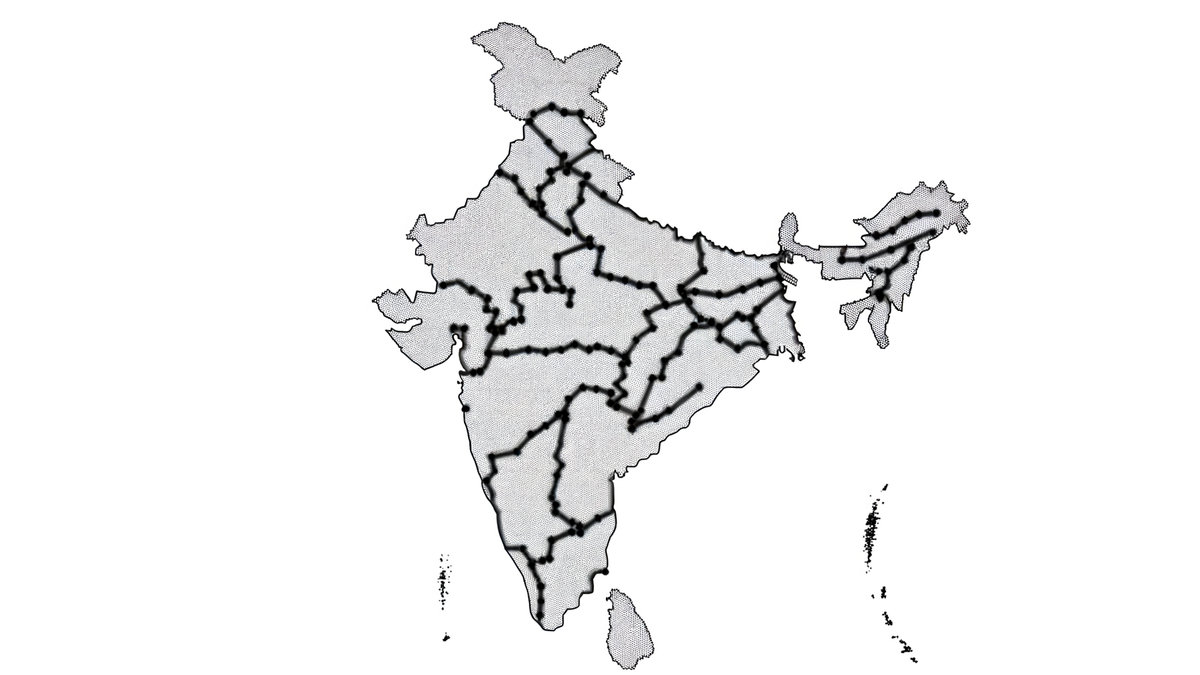
In the world’s largest democracy, the discourse around reorganizing its most populous states into smaller administrative units has gained momentum. Proponents argue that such a move, particularly for gargantuan states like Uttar Pradesh, Bihar, and Maharashtra, could usher in a new era of localized governance and expedited development. The rationale behind this suggestion stems from a multitude of factors including administrative efficiency, equitable development, and enhanced political representation.
India, with its vast and varied topography, is home to states that are diverse not just culturally but also in terms of population density and development paradigms. Uttar Pradesh, the most populous state, houses over 200 million inhabitants, a figure that dwarfs many countries. Bihar and Maharashtra follow closely in terms of population and size, epitomizing the challenges of centralized governance in massively scaled regions. The disparities within these states, in terms of development, healthcare, education, and infrastructure, often highlight the limitations of a one-size-fits-all approach in governance.
Advocates for the division of these states argue that smaller provinces could ensure more focused and effective governance. “Smaller administrative units can cater to local needs more efficiently and can be more responsive to the challenges and opportunities of the area,” said a political analyst in a recent interview. This sentiment echoes the success stories of states like Uttarakhand, Jharkhand, and Chhattisgarh, which were carved out of larger states in 2000. These states have shown notable progress in governance and development indices post their formation.
However, the debate is far from one-sided. Critics question the economic viability of creating new states, as the process involves significant financial outlay for setting up administrative infrastructure. Furthermore, there are concerns about the potential for increased bureaucratic red tape and the possibility of exacerbating regional disparities. Some political analysts also warn of the political motives behind such divisions, suggesting that these moves could be engineered to serve electoral advantages rather than genuine developmental goals.
Amid these arguments, the Indian public remains divided. A recent survey indicated a split opinion, with many supporting the idea for the sake of better governance, while others caution against the rise of parochial sentiments that could undermine national unity. The concept of dividing large states for effective governance taps into the perpetual debate on centralization versus decentralization, a discourse that is as old as the republic itself.
As India continues to evolve, the discussion around the reorganization of its states throws light on the broader themes of democracy, development, and governance. While the debate rages on, with arguments both for and against, the ultimate goal remains undisputed: ensuring that governance and development reach every corner of this vast nation in the most efficient and equitable manner possible.








